💻 Key takeaways:
1. Multilingual QR Codes direct users to personalized websites based on the device’s language settings. They are used for product packaging, app-first websites, and customer support.
2. CPG brands can overcome space constraints on product packaging with multilingual QR Codes to provide localized information and collect feedback.
For businesses to grow faster and acquire a global audience, they need to communicate with the consumer in their preferred language and deliver localized content. Global brands shipping across the world need a solution that connects their consumers’ offline and online experiences – but in their local languages.
Enter – Multilingual QR Codes i.e. language translation via QR Codes.
Table of Contents
- What is a multilingual QR Code?
- How do businesses use multilingual QR Codes?
- How to create a multilingual QR Code campaign?
- Why should CPG brands use multilingual packaging?
- Frequently asked questions
What is a multilingual QR Code?
A multilingual QR Code redirects the user and takes them to a personalized website based on the device’s language setting (aka device locale).
Multilingual QR codes cater to a global audience by providing content in multiple languages, ensuring accessibility and inclusivity for users from different linguistic backgrounds. This means the same QR Code can be added to a product packaging that ships to Paris, New York, Brazil, or Mexico.
When the consumer scans the multi-language QR Code, they consume content in French, English, Portuguese, and Spanish respectively. They can be further set up to redirect users to pages with different regional variations of the same language based on device locale. Eg – English (UK), English (US), and English (Aus).
Uniqode’s QR Code solution now features QR Codes with multi-language support for up to 221 different locales.

How do businesses use multilingual QR Codes?
1. For multilingual product packaging
Businesses add multilingual QR Codes to product packaging or the product itself. This helps them in delivering a consistent, yet localized experience across the globe.

2. On app-first websites to drive downloads
Consumers scan these QR Codes to install the apps from Google Play Store and App Store with UX translation based on the user’s smartphone language setting.
3. For localized and multilingual customer support
Multilingual QR Codes allow businesses to localize their content for specific regions or markets, providing information in languages that are relevant and culturally appropriate to the target audience.
Businesses provide multi-language customer service by implementing multilingual QR Codes on product packaging, websites, or even offline marketing spaces. Consumers can simply scan these QR Codes to get connected to the relevant customer care executive in no time.
How to create a multilingual QR Code or a QR Code translator campaign?
#1. Select the type of QR Code you want to create (website, mobile landing page, PDF, location, app download, etc).
RELATED: 30+ types of QR Codes to leverage for your business
#2. Add the languages/locales you want to support. Then, add the respective URL or landing page you want to deliver for each language added.

#3. Customize your QR Code with your brand logo, colors, and shapes.

RELATED: Learn more about designing customized QR Codes
#4. That’s it. Test and download your multilingual QR Code and use it to attract a global audience!

Why should CPG brands implement multilingual packaging via multi-language QR Codes?
In today’s globalized world, the consumer base is diverse. When consumer products are sold in several different markets all across the globe, the brands must cater to the local market.
Think of Coca-Cola!
According to Data USA, 49.4% of the people in New York speak a non-English language. Language Learning Statistics further highlight that only 23% of Americans can speak a second language. As a result, product information is consumed by a multicultural and multilingual audience. To ensure these multilingual consumers are served well, efficient machine translation software or an online software localization platform, can be used by CPG brands.
With the help of multilingual QR Codes that offer content localization, CPG brands of all sizes can easily provide their customers with product information such as ingredients, sustainability, recipes, and other details in local languages and without compromising on design.
CPG brands are usually restricted by the space of the packaging. In most product categories, CPG brands forcibly squeeze content, often resulting in them not being able to offer content in multiple languages.
Say goodbye to such constraints with multilingual QR Codes that automatically redirect users to the content translated in their local languages.
Consumers have to merely scan the QR Code on the product packaging to be redirected to the brand’s website to learn more about the product. The QR Code can be used to receive feedback as well.
Multilingual QR Codes for multi-language packaging can reduce the limitations of regional packaging and marketing challenges and are better suited to a progressively globalized and interconnected world.
Frequently asked questions about multilingual QR Codes
1. How to translate a QR Code?
You can easily create a multilingual QR Code to translate and deliver localized content to your consumers. Here’s how –
a. Go to Uniqode’s QR Code generator.
b. Choose the type of QR Code you want to create.
c. Select the multi-language support option and add the languages or locales you want the QR Code to support along with the respective URLs. With Uniqode, you can pick from up to 221 different locales for your QR Code.
d. Customize your multilingual QR Code by adding a template, frame, call-to-action text, your brand logo, and more.
e. Generate, test, download, and deploy your multi-language QR Code.
2. Can I create a QR Code to deliver content in Spanish?
Yes. You can create a multilingual QR Code to support and deliver content in Spanish. This can help your brand better connect with your Spanish audience.
Need help in setting up a multilingual QR Code campaign for your business? Get on a call with one of our experts today!
Or start a free 14-day trial to try out multilingual QR Codes for your brand.
Monika Adarsh is the Director of Inbound Marketing at Uniqode where her primary job is to help users find answers to anything related to QR Codes. She works closely with customers to understand QR Code usage trends and build a framework for successful QR Code campaigns. She enjoys documenting her learnings about the QR Code market as posts and playbooks. She also anchors a podcast to uncover ways of using QR Codes in DTC/CPG brands. In her free time, she loves gardening and decorating spaces.







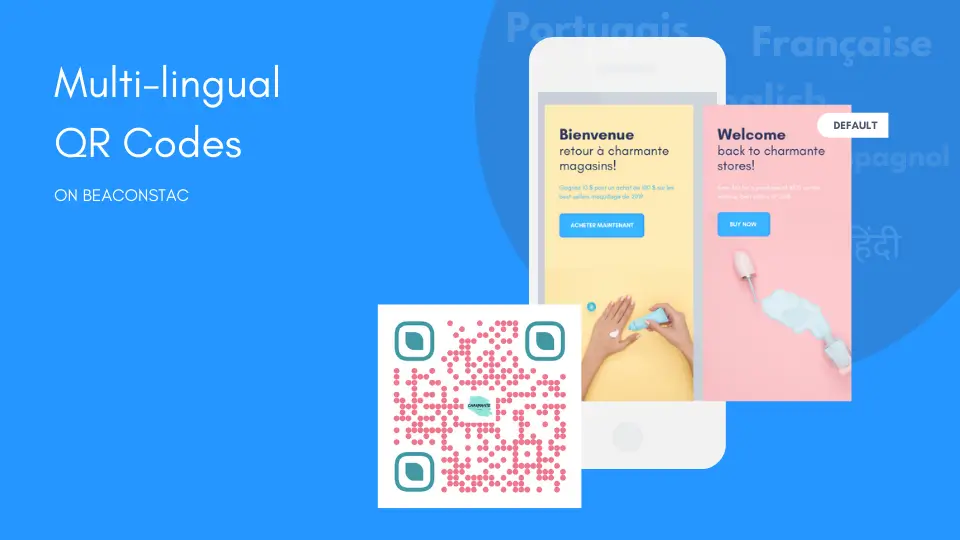

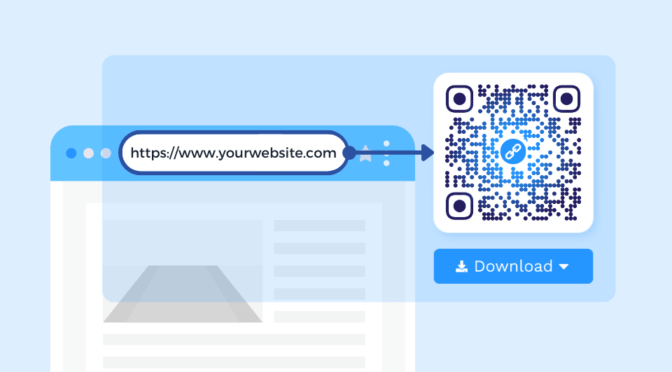

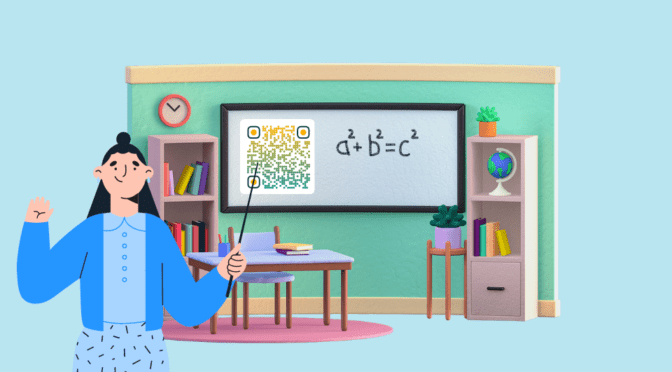
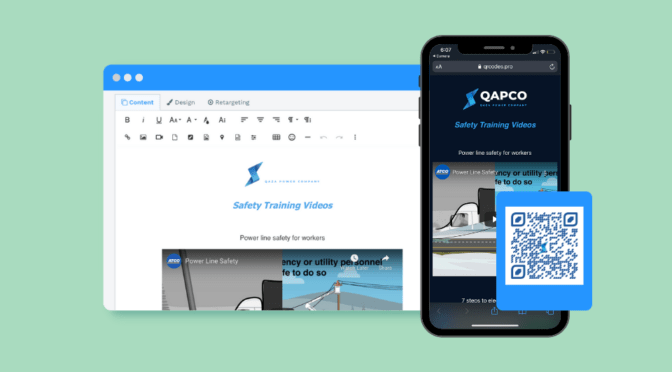

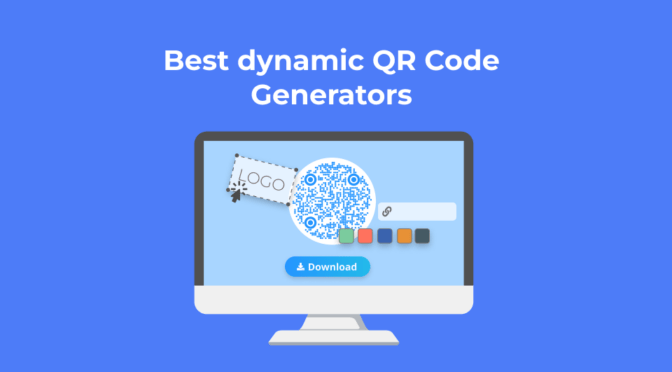

[…] and Nike have always communicated with the local market in their language and uses their nuances. Multi-lingual QR Codes are a good way to achieve […]